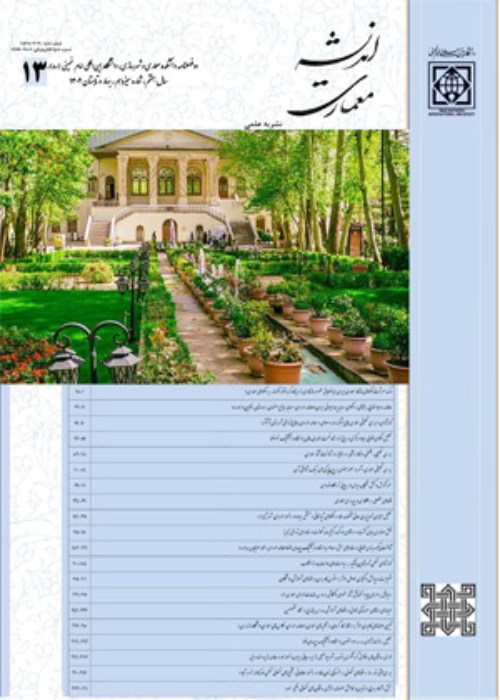Investigation of Zumthor’s Theory of Atmosphere in Experince of Spatial Quality of Religious Buildings in East Azarbaijan Mosques(Case study: Jame Mosques of Tabriz, Miyana, Sarab, Ahar, Bonab, Ajabshir
One of the most important buildings in traditional cultures that have had a significant relationship with the sacred throughout history is their places of worship. The fundamental issue of this research is to provide a way to analyze the spatial quality of mosques to gain a deeper understanding of the mosque and to design mosques in the present era. Also, in the design and construction of mosques, more emphasis has been placed on the physical and symbolic qualities of it. The repetition or innovation in the architecture of the mosque has been focused on creativity in its symbolic elements such as domes, minarets and altars and approaches to architecture of mosques, in a reductionist view, have considered the mosque to be only a symbolic physicality. Therefore understanding the spatial quality factors of mosques, is the main problem of this study.Research Question: In the humanities experience of space, how is the spatial quality of the studied mosques explained based on the space atmosphere theory?Objectives of the research: In the present study, the spatial quality structure of congregational mosques in East Azerbaijan is based on an approach that can explain the spatial quality of those mosques in a way that can be used to recreate its quality.
The present study, relying on interpretive philosophical foundations, with a qualitative approach based on deductive-inferential reasoning and in the theoretical framework of the atmosphere concept, intends to answer that in the anthropological experience of space, how is the spatial quality of the studied mosques explained based on the space atmosphere theory, by collecting library data and field observations and conducting interviews with users. For this purpose, first the atmosphere theory is described and then by examining the factors affecting the experience and perception of space, the role of time and sense of space is discussed. The components are then evaluated and compared in the studied mosques.
What cannot be sensed and perceived today with the onslaught of formalist and visual-based architecture on religious buildings, is the spatial quality and its role in identification of the building. In addition to the fact that mosques have lost their true identity and are devoid of physical and environmental characteristics of religious and emotional construction in the true sense, the audience has lost its sense of time and space. This is confirmed by the newly built mosques in the city of Tabriz and other cities. Such that if the name of the mosque is removed from their entrance, one can doubt on its identity as a mosque. Significant signs, such as domes, minarets, courtyards, porches, colorful tiles, and other non-physical qualities that in the past stimulated the audience's feelings in traditional and inspiring mosques, have lost their meaning in today's mosques and have been replaced by modern aesthetics of form. Therefore, the subject of research is not only relevant in traditional religious buildings, but also the creation of quality in the present architecture to stimulate the feeling and influence on the nature of the audience, seems necessary by architects. The focus of this study was on human emotional needs in architectural settings. The lack of this factor has led to the emergence of cold and dull environments without any connection with humans in the architectural space. The results of the present study show that the mental and psychological relationship of the prayers with the building is due to the quality of the spatial experience and the memorable patterns and behavioral bases for them are the most important element of the perception of the mosque space. Their connection to the smell of space, the sound of space, color and light in space, the toughness of walls and the presentable qualities, including the ability to rely on columns, perception of time by the light of windows, presence at the courtyard in summer, build their mental image of the mosque. This is the most important factor in designing and building new mosques.
- حق عضویت دریافتی صرف حمایت از نشریات عضو و نگهداری، تکمیل و توسعه مگیران میشود.
- پرداخت حق اشتراک و دانلود مقالات اجازه بازنشر آن در سایر رسانههای چاپی و دیجیتال را به کاربر نمیدهد.


